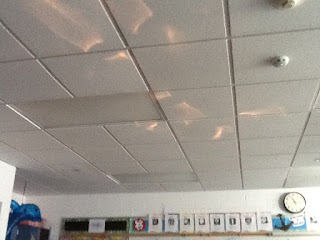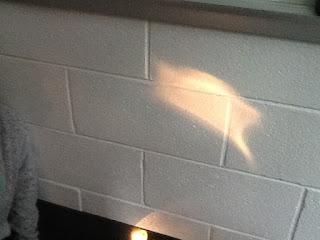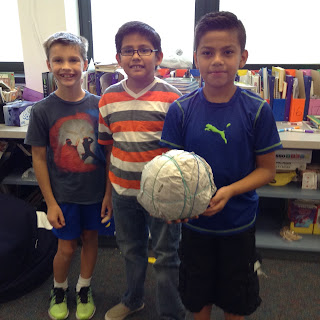The 2017 Cardboard Challenge is officially complete! The kids rose to this very challenging task of creating working Rube Goldberg machines to showcase their knowledge of energy transfers. Rube Goldberg machines are challenging enough, but we added the additional challenge of constructing as much of the machine as possible out of cardboard. This project was a culmination to our science unit, but also contained many other important lessons. The kids learned lessons in persistence, perseverance, flexible thinking, problem solving, collaboration, as well as trial and error. They experienced such pride when their machines worked. Please take a minute to view their videos by clicking the link below. I think you'll be impressed at what they were able to accomplish. Also, how many forms of energy can you find transferring during each step? The day after the Cardboard Challenge, the kids demonstrated their machines for each other, and they had to record and document all the energy transfers that occurred in each other's machines. That was one of their assessments on this unit. It's trickier than you think!
Cardboard Challenge Rube Goldberg Videos
Below are some pictures of the kids' displays at our school wide Cardboard Challenge celebration on Tuesday. They had the chance to display their Rube Goldberg machines in the gym for the 3rd, 5th, 1st graders, and Kindergarteners to see. They also got to see what the other students created. What a fun afternoon. So much creativity, imagination, and effort went into each and every project. I was so proud of each student.







































































